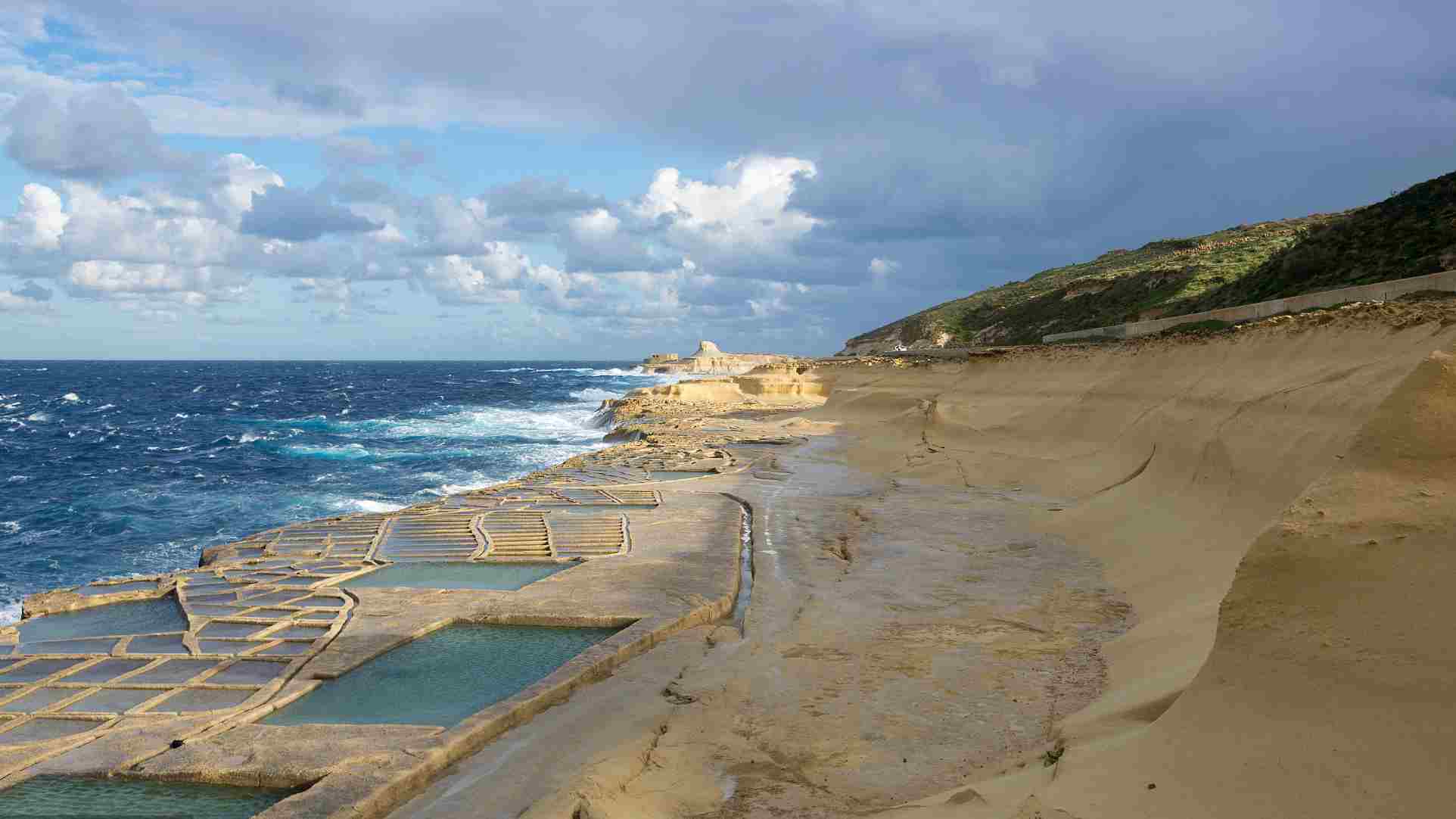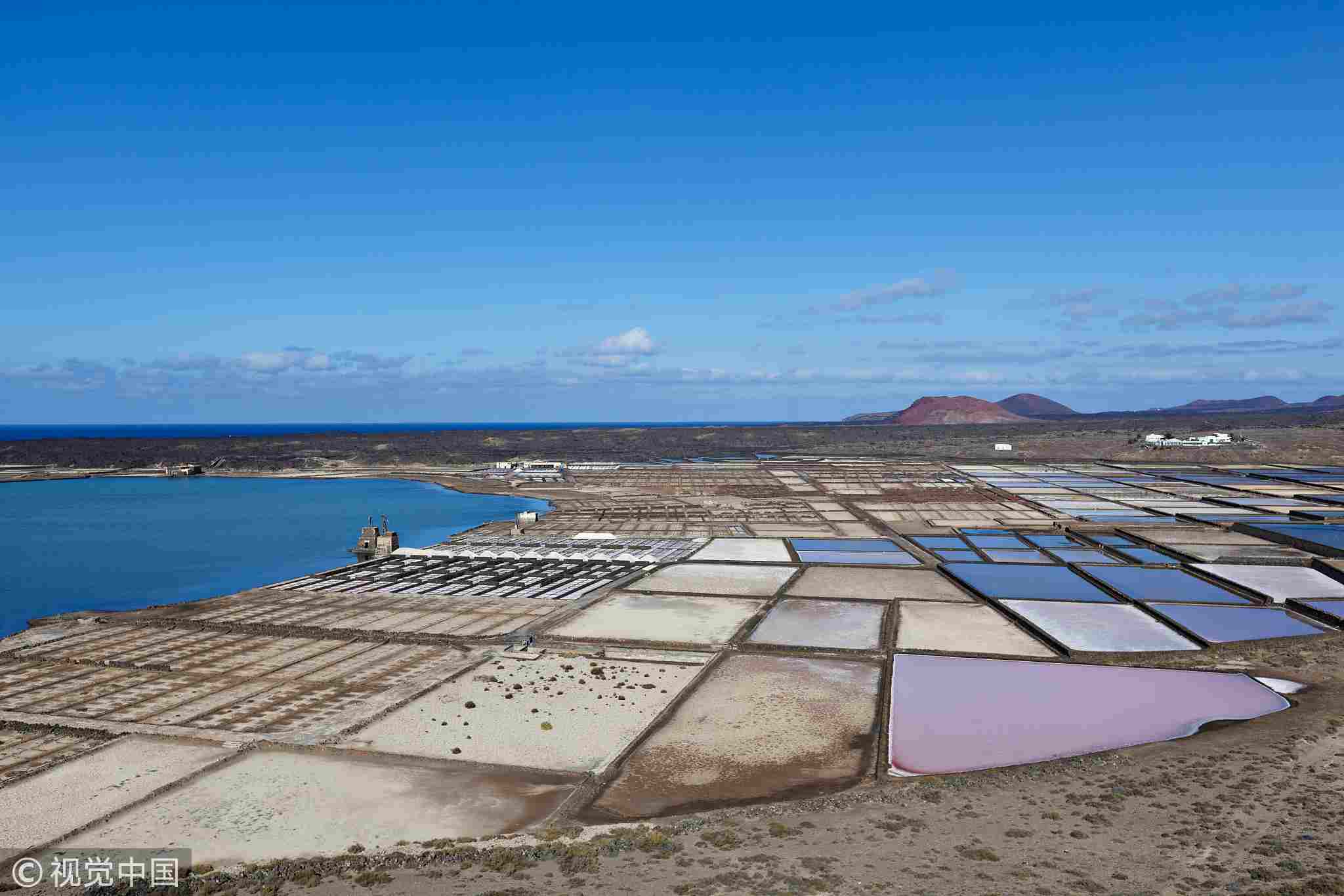
Enviro
10:00, 15-Jan-2019
Too much brine? Study highlights growing toxic brine problem
Updated
19:30, 17-Jan-2019
CGTN

The world's thirst for fresh water is causing a salty problem.
Desalination plants around the world are producing enough brine waste to swamp an area the size of Florida with a foot of salty water every year, according to a U.N.-backed report released Monday.
The study by researchers from Canada, the Netherlands and South Korea warned that much of the brine is being dumped untreated into the sea, and some is laden with toxic chemicals, causing harm to sea life.
The authors called for better brine management, particularly in countries that rely heavily on desalination for their water needs, such as Saudi Arabia, the United Arab Emirates, Kuwait and Qatar.
"We know that water scarcity is increasing in many regions across the world due to increased water demands, which are associated with population increase and economic growth," said one of the authors, Manzoor Qadir, assistant director of the United Nations University's Canada-based Institute for Water, Environment and Health.
At the same, climate change is making the availability of freshwater less predictable, such as by changing the amount of runoff snow in some regions, he said.
The authors examined 16,000 desalination plants worldwide and found they produce 142 million cubic meters (5,014 million cubic feet) of brine each day, or 51.8 billion cubic meters a year. That's about half more than previous studies had estimated, said Qadir.
The researchers called for better brine management, noting that studies have shown it can be used in aquacultures to boost yields of salt-tolerant species of fish, and the metals and salts contained in it – such as magnesium and lithium – could be mined.

Desalination plant. /VCG Photo
Desalination plant. /VCG Photo
Water scarcity
Since 2015, the World Economic Forum's annual Global Risk Report has consistently ranked "water crises" as among the global threats – above natural disasters, mass migration and cyber-attacks.
Water scarcity is caused by many things, starting with a global population closing in on eight billion.
Major rivers no longer reach the sea, aquifers are being sucked dry, and pollution is tainting water above ground and below.
With climate change, the situation will get worse.
For each degree of global warming, about seven percent of the world's population – half-a-billion people – will have 20 percent less freshwater, according to the Intergovernmental Panel on Climate Change (IPCC).
"Desalination technology has benefited a large number of people," said Qadir. "But we cannot ignore the production of brine, which is going to become an even greater problem in the future."
Industrial-scale technology for removing salt from water has been around since the 1960s. By 1990, there were already 3,000 plants in operation around the globe.
On current trends, the sector will see a total of at least 17,500 plants by 2025, Qadir said, noting that one large plant can produce as much fresh water – and brine – as 200 or 300 small ones.
More than 90 percent of desalination plants are in wealthy economies. This reflects the fact that the technology remains expensive, especially in energy costs.
But it also means that rich nations have the capacity to develop ways to dispose of toxic brine that are less harmful to ocean and land environments, he added.
Some pilot projects have even shown that modified brine can boost yields of certain fish species in aquaculture.
Source(s): AP
,AFP

SITEMAP
Copyright © 2018 CGTN. Beijing ICP prepared NO.16065310-3
Copyright © 2018 CGTN. Beijing ICP prepared NO.16065310-3